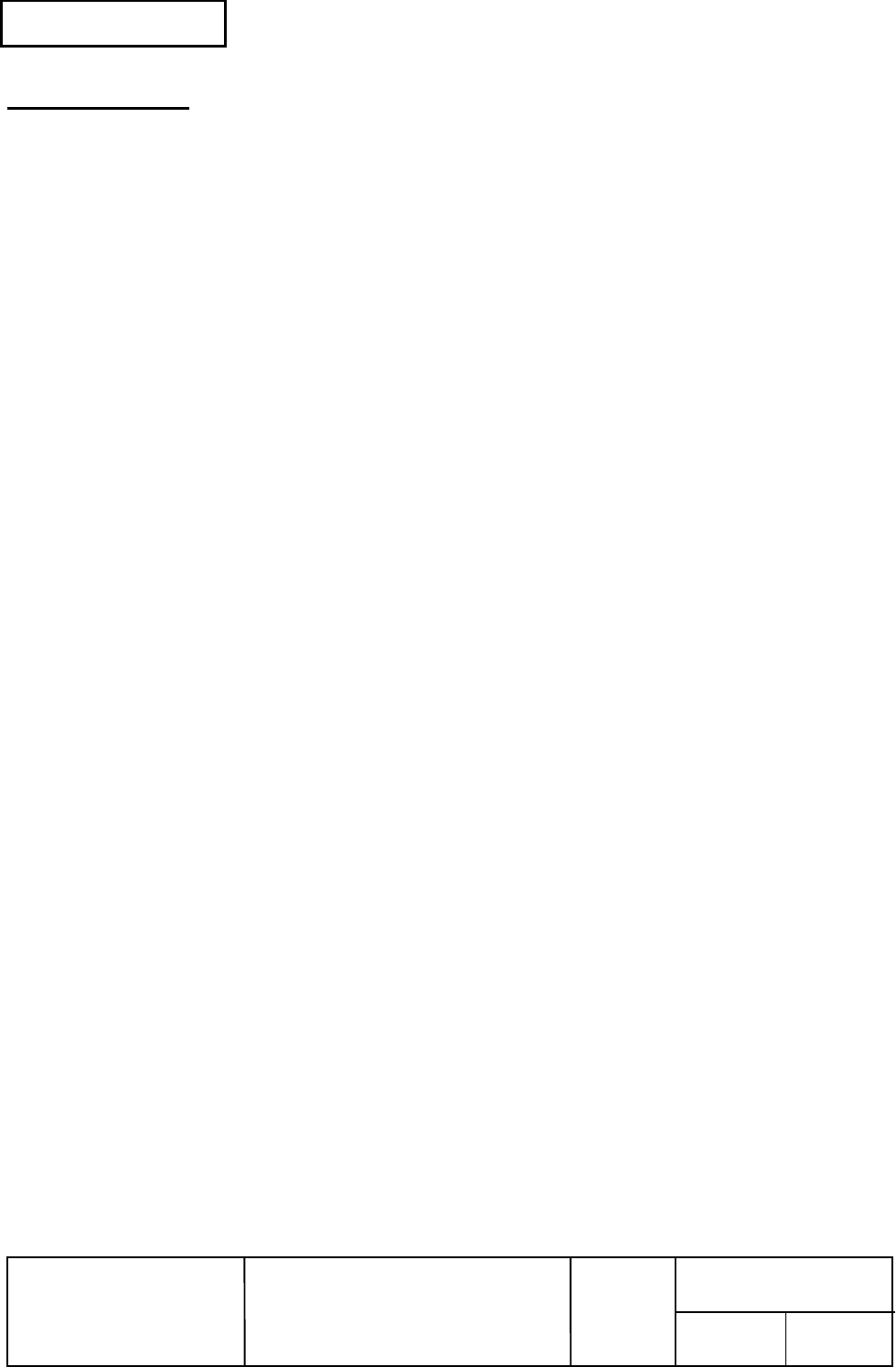
Confidential
EPSON
TITLE
SHEET
REVISION
NO.
SHEETNEXT
68 67
TM-T88III series
Specification
(STANDARD)
B
6. COMMANDS
6.1 Command Notation
[Name] The name of the command.
[Format] The code sequence.
[Range] Gives the allowable ranges for the arguments.
[Description] Describes the command’s function.
[Details] Describes the usage of the command in detail.
[Notes] Provides important information on setting and using the printer command, if necessary.
[Default] Gives the default values, if any, for the command parameters.
[Reference] Lists related commands.
[Example] Gives examples of how to use the command.
Hex indicates the hexadecimal equivalents.
Decimal indicates the decimal equivalents.
[ ]k indicates the contents of the [ ] should be repeated k times.
6.2 Explanation of Terms
(1) Receive buffer
The receive buffer is a buffer that stores, as is, the data received from the host (the reception
data). The reception data is stored in the receive buffer temporarily, and is then processed
sequentially.
(2) Print buffer
The print buffer is a buffer that stores the image data to be printed.
(3) Print buffer full
This is the state where the print buffer is full. If new print data is input while the print buffer is
full, the data in the print buffer is printed out and a line feed is executed. This is the same
operation as the LF operation.
(4) Start of line
The start of line state satisfies the following condition:
• There is no print data (including spaces and portions of data skipped due to bit image data)
currently in the print buffer.
• There is no print data (including portions of data skipped due to HT)
• The print position is not specified by the ESC $ or ESC \ command.


















